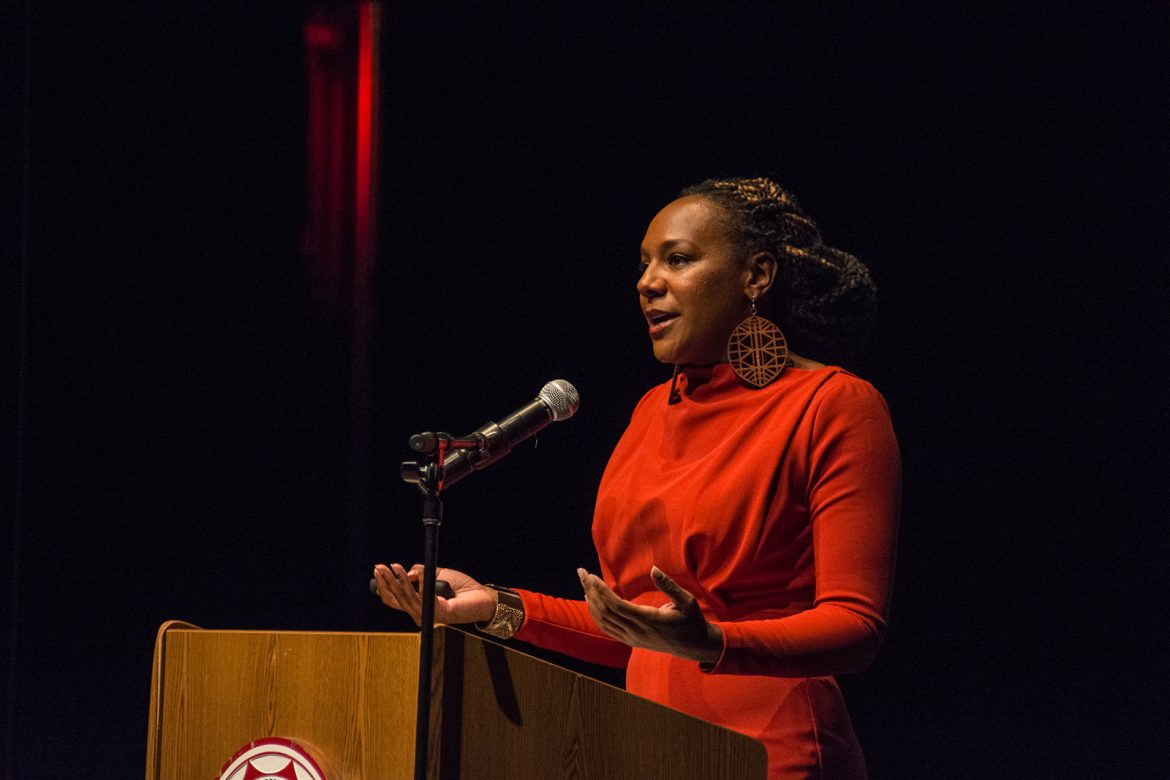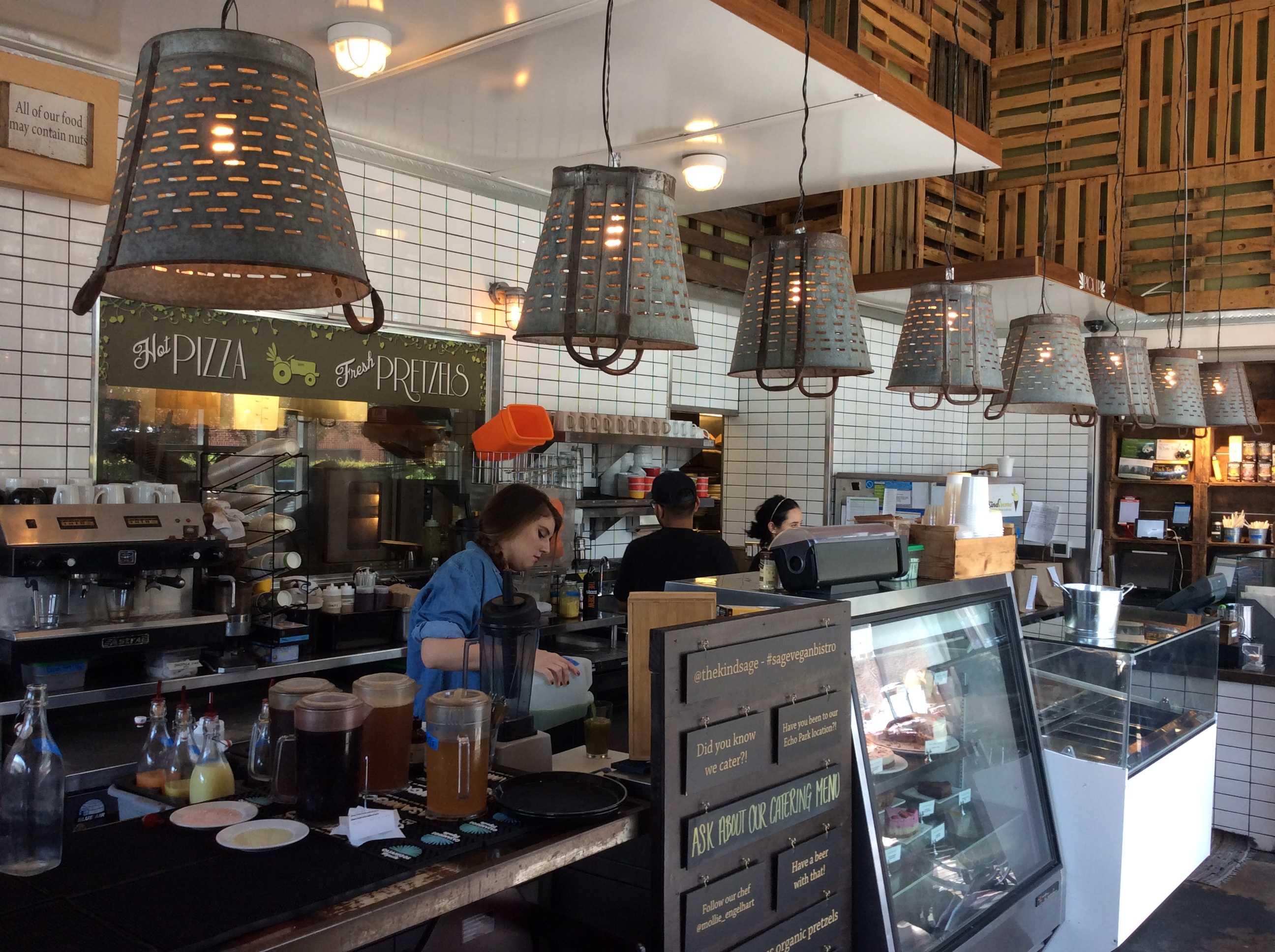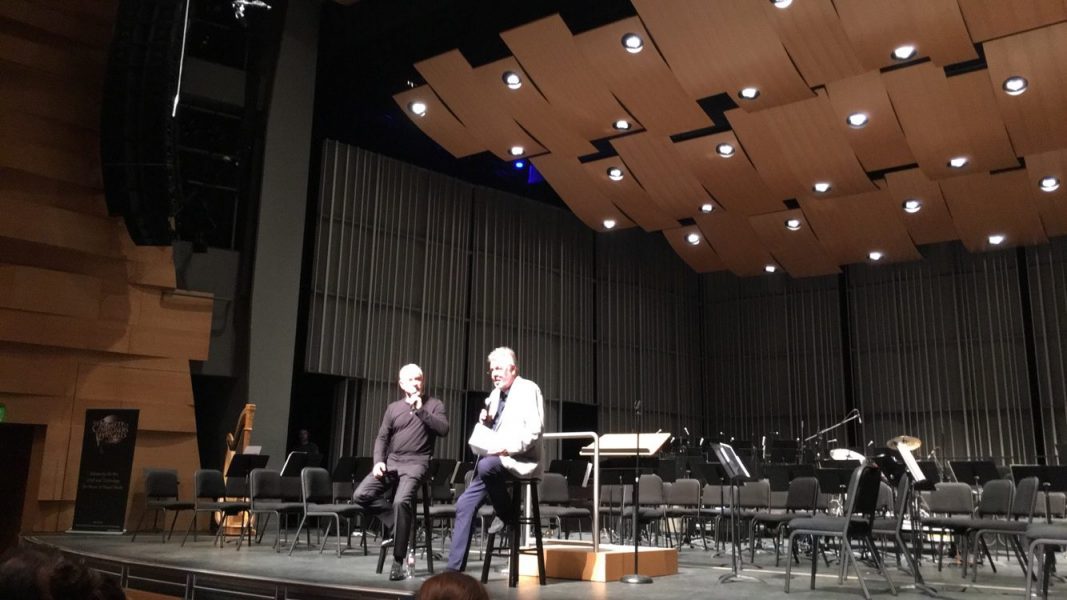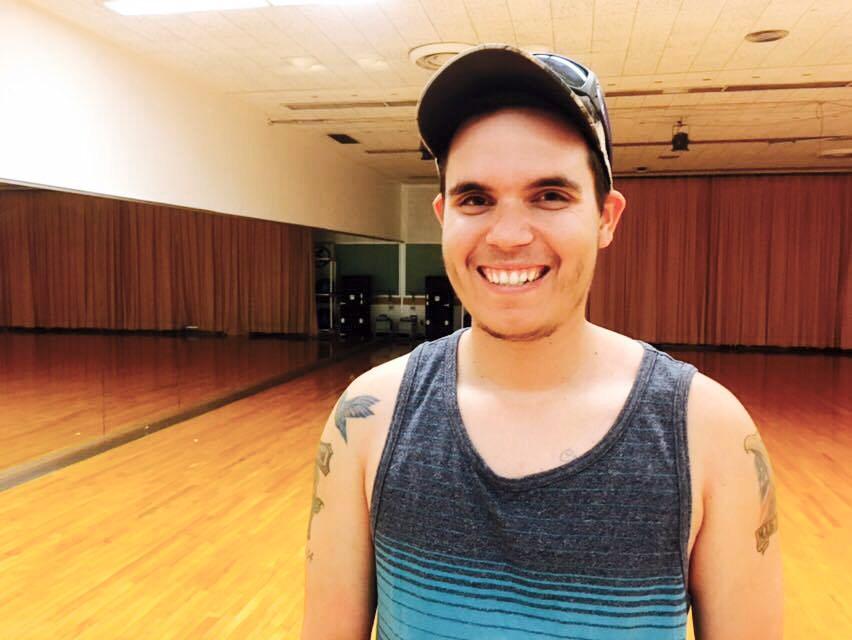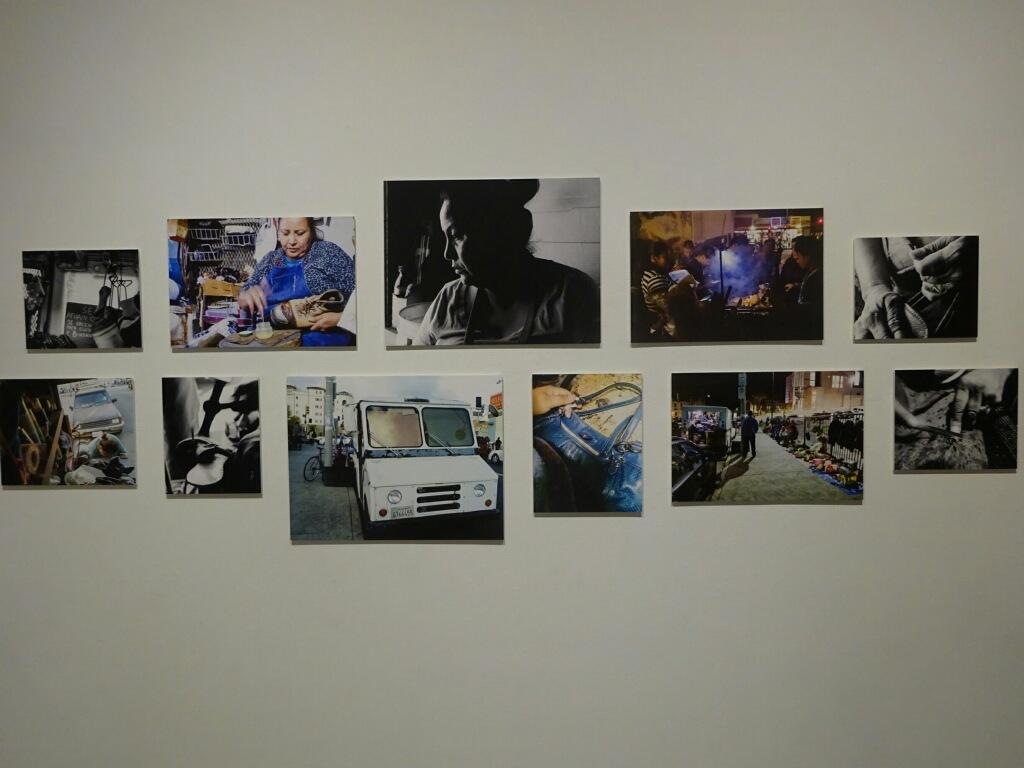A retrospective of Richard Tuttle is on view at the Museum Of Contemporary Art in downtown L.A., covering more than 40 years of his work varying from all mediums and themes.
A consortium of artists whose exhibits fall under the collective title, “Poetics of the Handmade,” as well as some new permanent additions to the MOCA collection accompanies Tuttle’s work.
The retrospective gives a linear progression of the style of Tuttle’s work from the 1960s to his wall sculptures that include “Sum Confluence,” “Silver Picture,” “Abstract” and “Fountain.” These images give the impression of a simple concept that is executed with ease and creates harmony with its environment.
“Wheel,” which is a colorful dodecagon, or 12-sided structure, with inverted waves overlapping each other, evokes a feeling of playfulness with a bright color palette. “Silver Picture” is a stark but curvaceous line that envelops the wall where it is placed, and the use of silver as the defining color creates a dramatic element.
The use of space throughout the exhibit appears to be thought of with great care, as each item placed within a subset seems to fit not only a specific time in Tuttle’s career, but also a certain place within the museum itself.
Images interact with or complement the spaces where they are located in a way that helps the viewer understand the natural progression of Tuttle’s career.
The next series of images incorporate the use of canvas and paper shapes, large in size and geometric in shapes, which appear to be part of the background, and are almost lost in the hallway of the museum.
A simple, yet powerful, image is the “4th Summer Wood Piece,” an L-shaped piece of wood with a white, almost sheer, cloth draped over it.
Tuttle uses watercolors in a series of paintings that are childlike and bright. Images are created on pieces of torn notebook paper, and then framed, almost as an afterthought to the artistic execution.
Common items that can be found nearly anywhere are the elements that Tuttle uses to create his sculptures. The use of bubble wrap, wire, cardboard, plywood, or press board, which is exposed so that the audience is acutely aware that these are the objects being used, all give the impression that the art world is within reach to everyone.
The images do not have a set of defined values, save for their titles. The audience is left to their own devices to decide what the images mean.
“There’s No Reason a Good Man Is Hard to Find I” reminds one of the movie “Beetle Juice” with the black and white stripes and serpent-like quality of the floor sculpture. A shock of orange is the only color that appears for the audience to ponder.
In “Poetics of the Handmade,” the artists all hail from Latin America, and their creations evoke a sense of ordinary objects becoming extraordinary.
Skateboards, a surfboard and even a ping pong paddle are inlaid with classic silver embossing by Dario Escobar, which causes the image to suddenly appear as iconic, playful yet not to be played upon.
Livia Marin, of Chile, took 2,200 lipsticks and sculpted each one into a cylindrical image that reminds one of the tops of churches and then placed them together upon a pedestal, causing a visual image that was eye-catching for its simplicity.
A hanging image using toothpicks was created by Magdalena Atria, while Eduardo Abaroa used bright blue Q-tips to create a piece that filled an entire room with something that reminds one of chemistry classes.
“Donde se han ido las flores?” (Where have all the flowers gone?) by Maximo Gonzalez uses an entire room to create a city of pollution, destruction and rebirth from money that can no longer be used. The flowers, which line the bottom of the walls, and the clouds, which float along the walls, are intricate and stimulating, as the audience recognizes words like “pesos” on the paper that was used to create the images.
The new exhibits that have been brought to MOCA captivate the mind and cause one to look at the images in everyday life in a way they possibly have not before – as art.
